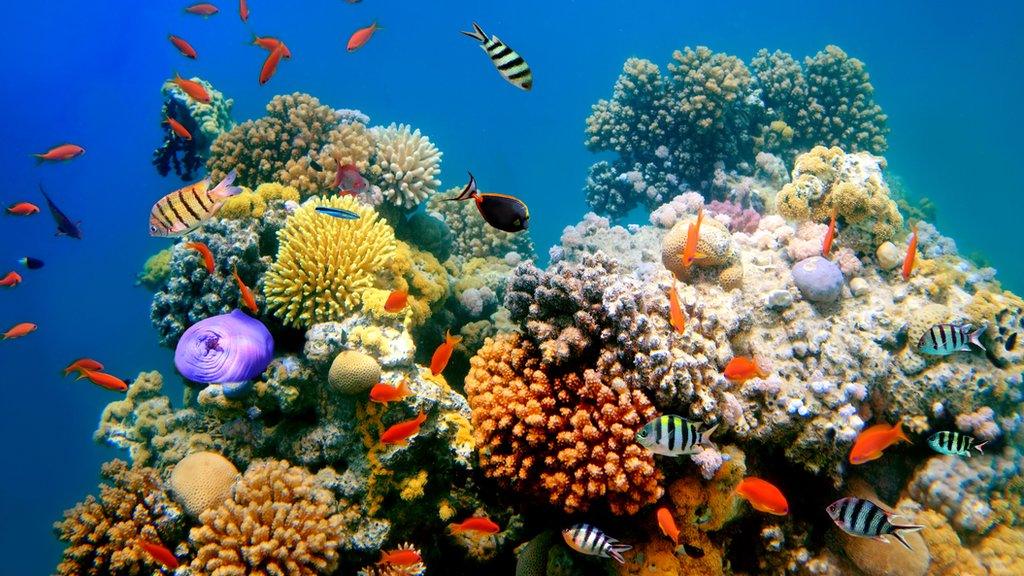Amazing discoveries at Australian coral reef
- Published
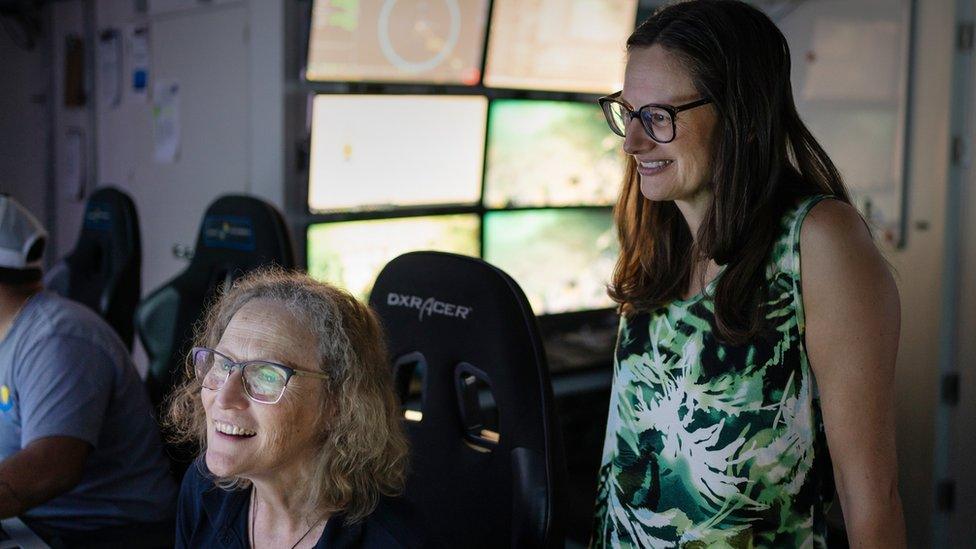
During an 18-day expedition of Ashmore Reef Marine Park the team used an underwater robot called ROV SuBastian to reach depths of 50-150 metres and get a closer look at the sea bed.
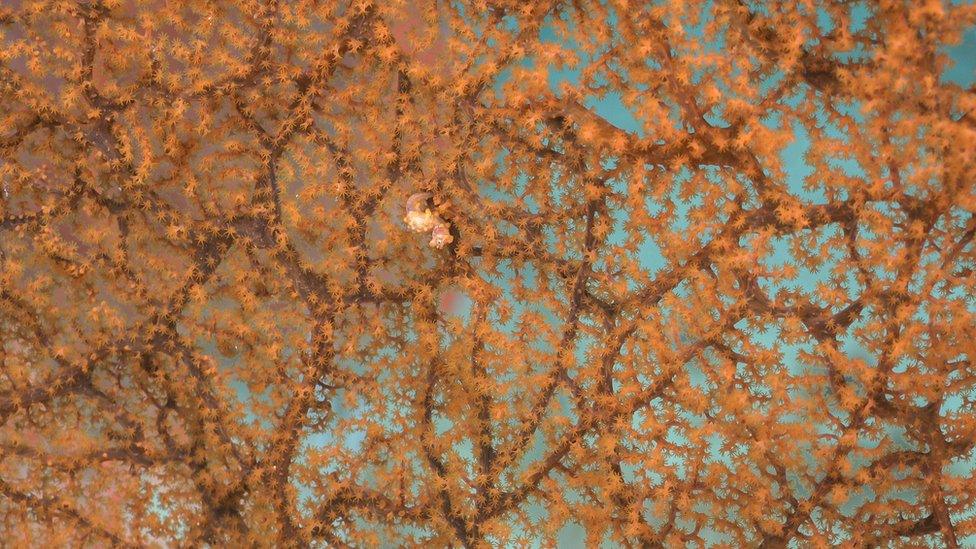
By using the robot the team were able to look at animals and these underwater areas in great detail, unlike previous deep-water survey methods completed in NW Australia. This image shows a pygmy seahorse in some coral, can you spot it?
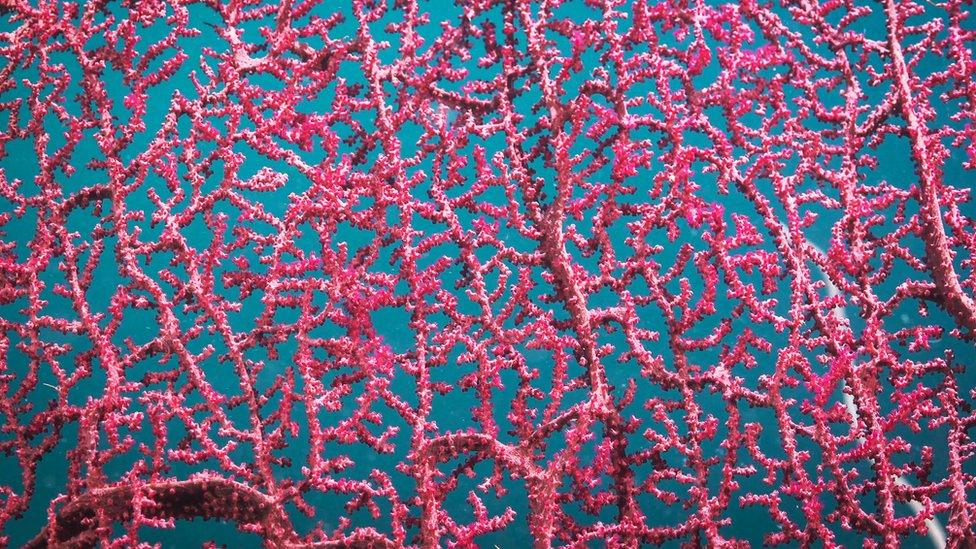
The dives were streamed live to the public, sharing 148 hours of never-before-seen footage of the Ashmore Reef seabed.
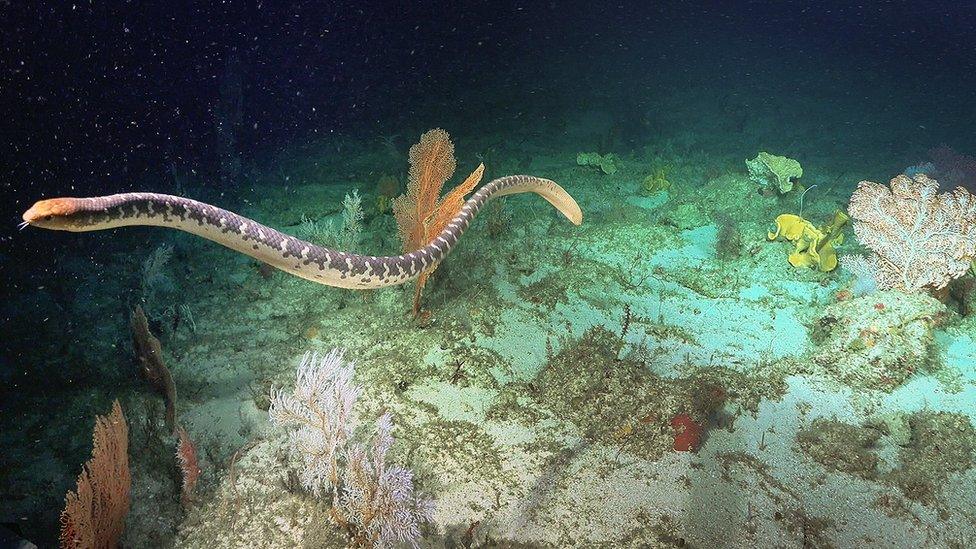
Scientists discovered a sea snake thought to be locally extinct.
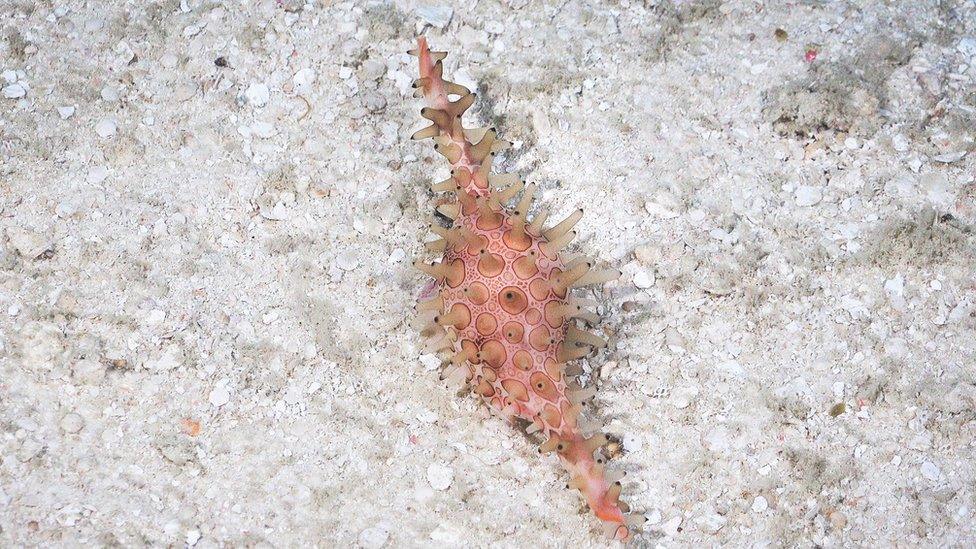
They also managed to spot several species such as the great spotted cowrie for the first time.
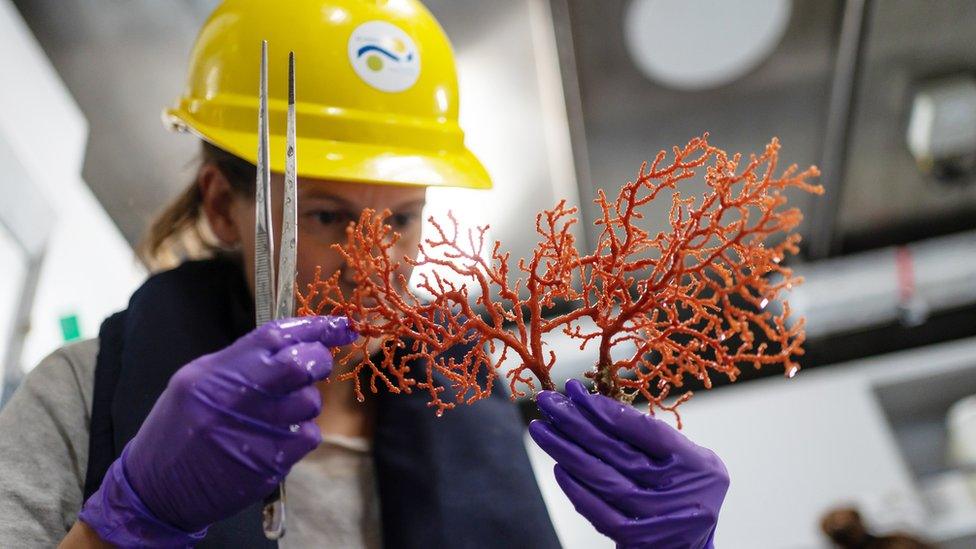
They were able to look more closely into certain algae beds, and sponge gardens, as well as collect samples that will provide understanding of the biology of deep-water corals
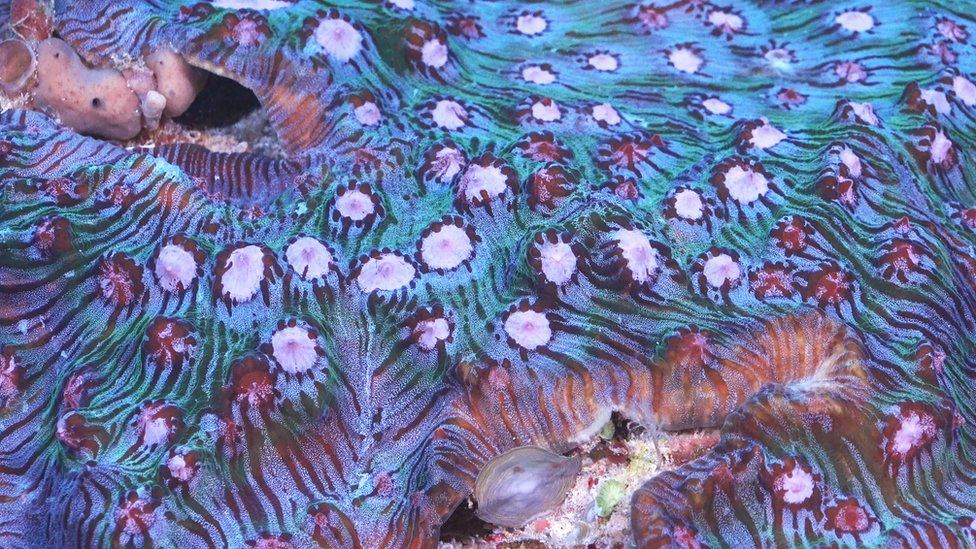
The team were pleased to find that the reef appeared to be "diverse, vibrant, and healthy", without evidence of coral damage.
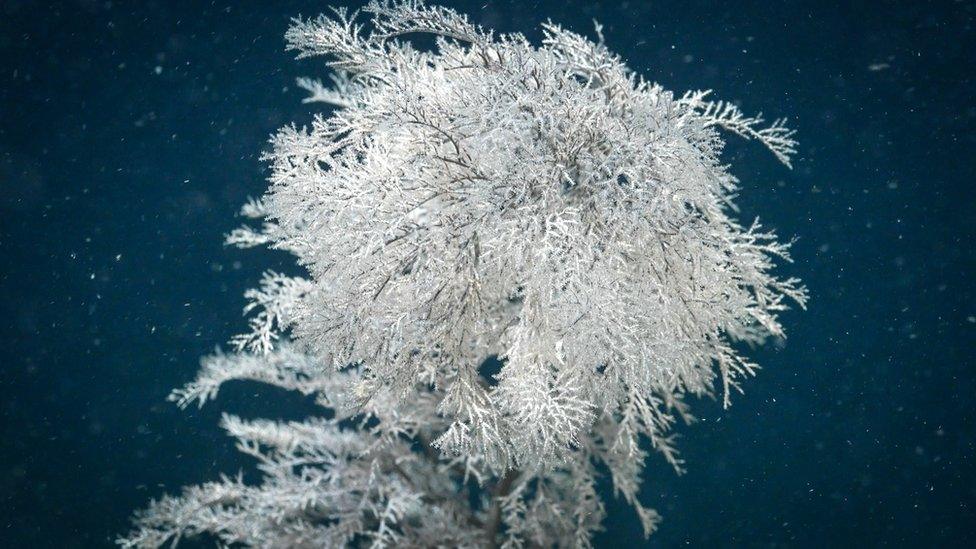
Ecosystems are thought to be of great a importance when it comes to protecting reefs and helping them recover, including reseeding shallow water reefs that are under environmental stress.
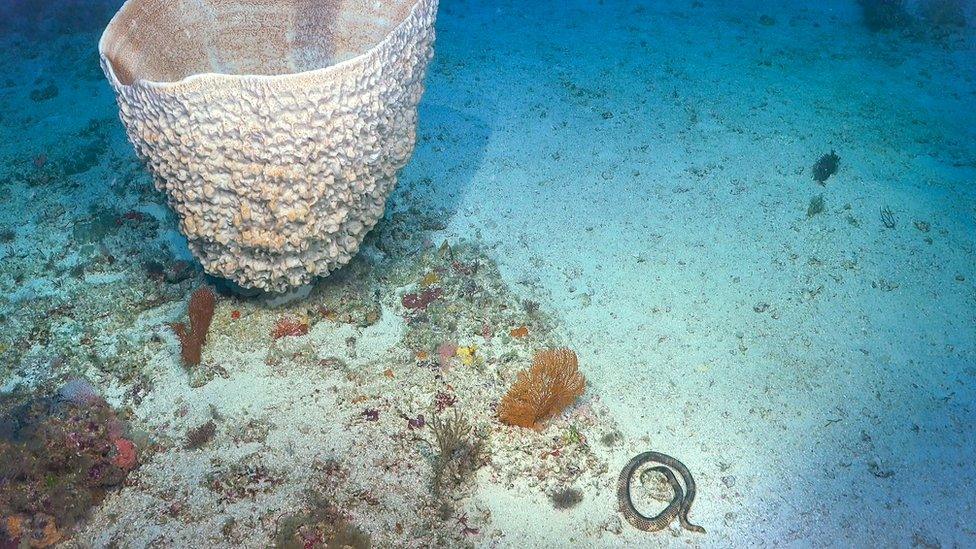
The team says how these environments provide a refuge for coral reefs needs critical attention, as all reefs face a range of stress factors including a changing climate.
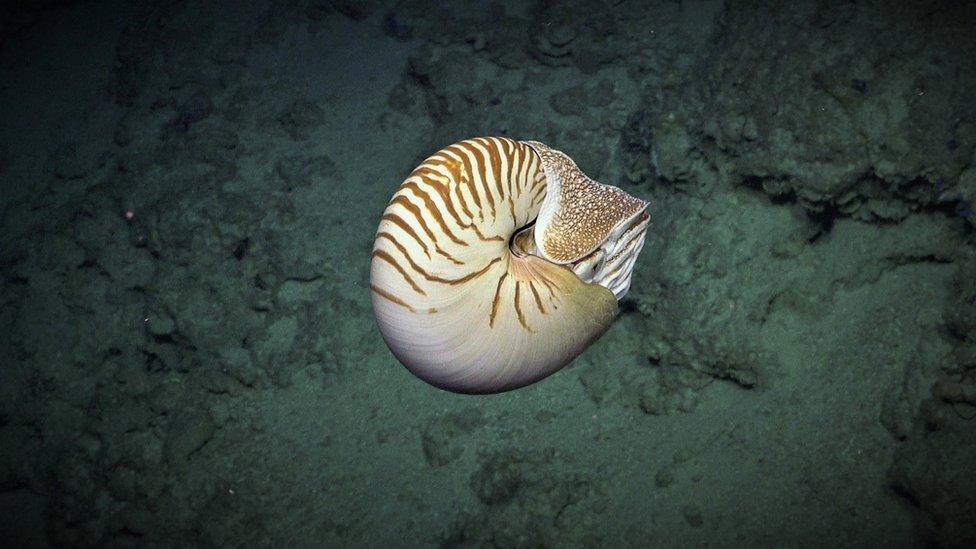
This study of the Ashmore Reef was the last expedition in Australia for the team for the Schmidt Ocean Institute during their 16 months of study. This is the stripy shell of a nautilus.
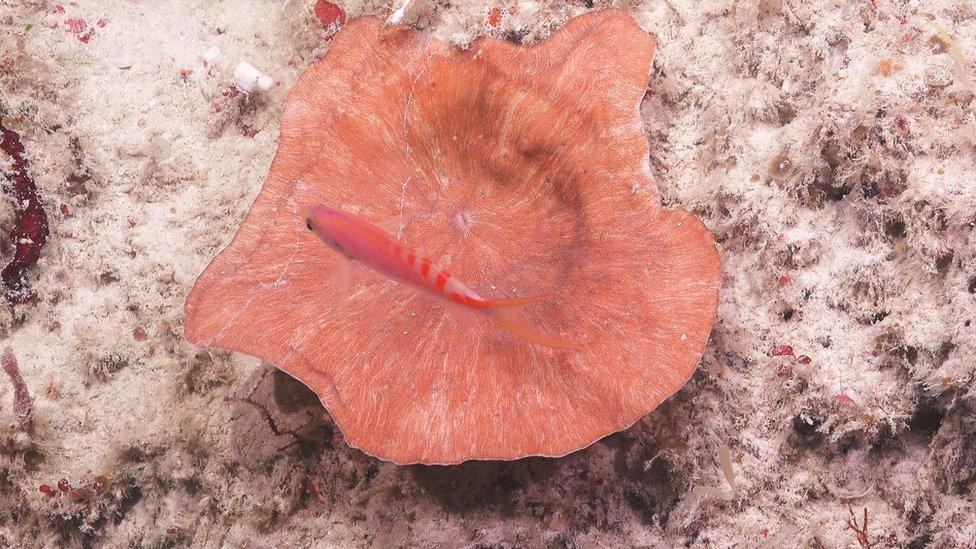
The footage and samples collected will have a big impact for the sustainability and protection of these underwater ecosystems and similar habitats worldwide that are in danger because of rising ocean temperatures.
- Published23 September 2016
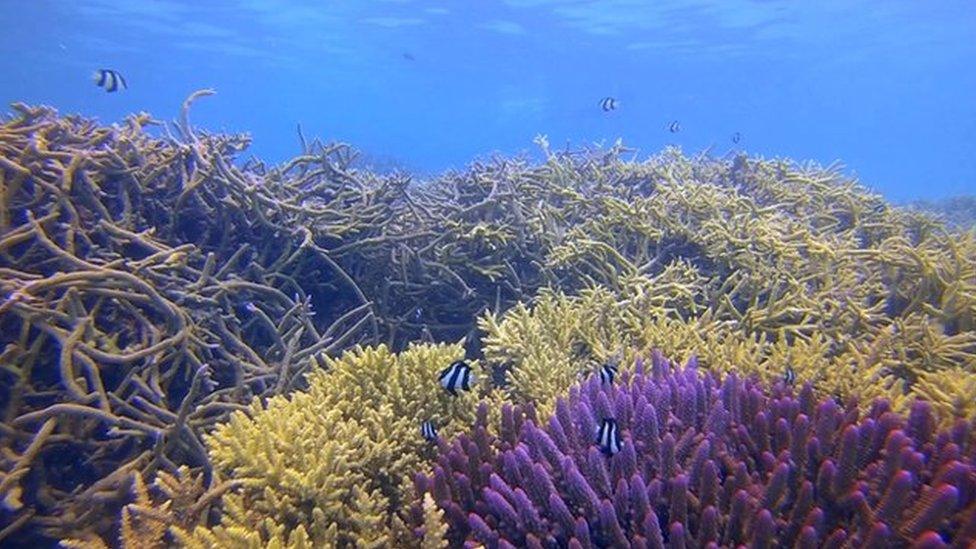
- Published7 December 2020
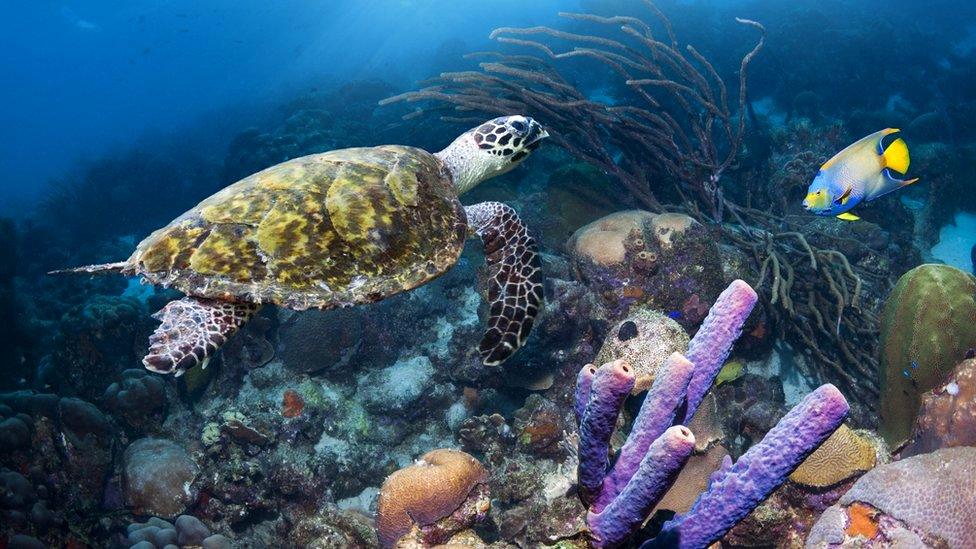
- Published9 April 2020
